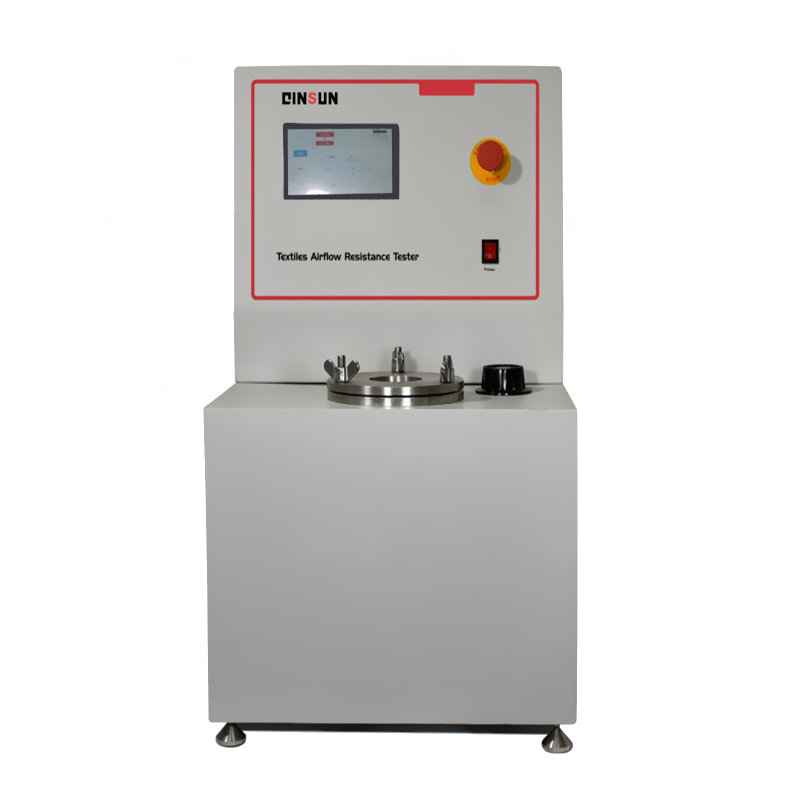-
Medical Textile Airflow Resistance Tester Operation-Qinsun
Edited by:Read:G285 Medical Textile Airflow Resistance Tester is a testing equipment independently developed and produced by our company Shanghai Qianshi Precision Electromechanical Technology Co.,Ltd.It has high cost-effectiveness and complete after-sales service.It is mainly used to measure the air penetration resistance of textiles,as well as cotton,space cotton,etc.It is one of the important means to evaluate the comfort and hygiene of clothing,textiles,especially medical textiles.It can be widely used in polymer material production enterprises,printing and dyeing industry enterprises,textile inspection departments,scientific research institutions,textile colleges,etc.
Applicable standards:
BS EN 14683-2005,GB 19083-2010,GB2626-2006,YY 0469-2011,YY 0969-2013
Main parameters:
1.Air flow regulation range:10L/min-100L/min(600L/h-6000L/h)
2.Measurement range of airflow resistance:0-1kPa
3.Test time:1 second to 99 hours,optional
4.Power supply:AC220V,50Hz
5.Overall power:1.2KW

Operation:
1.Firstly,prepare the accessories and test samples;
2.Remove the nut and open the fixture;
3.Place the prepared sample into the fixture;
4.Fixed fixtures;
5.Turn on the instrument switch and enter the operation interface;
6.Reset previous data to zero;
7.Rotate the flow adjustment knob to bring the air flow close to the standard value;
8.Equipped with a built-in vacuum pump,continuously perform suction resistance tests on the sample;
9.Read the pressure difference value on the panel and click save;
10.After testing is completed,open the fixture and remove the sample;
11.Reset the rotary flow knob to zero and turn off the instrument;
12.After the experiment,compare and analyze the data based on the air flow rate and pressure difference values detected by the sample to determine its airflow resistance performance.
Advantages and characteristics:
1.Have a strong after-sales service team;
2.Able to handle various issues in a timely and fast manner,relieving customers of any worries they may have;
3.Complete spare parts to solve the problem of long lead times when ordering spare parts;
4.Keep up with industry standards updates and provide textile testing instruments that meet the new standards in a timely manner.
- 2024-04-19Paper ring compression strength tester standards
- 2024-04-19Cupping tester standards
- 2024-04-19Rubber and plastic tensile tester standards
- 2024-04-19Taber 1750 wear-resistant tester standards
- 2024-04-19Stone Chip Resistance Gravelometer standards
- 2024-04-18Diaper absorption speed tester standards
- 2024-04-18Diaper leakage tester technical indicators
- 2024-04-18Paint film impact resistance tester standards
- 2024-04-18Low temperature brittleness tester principle
- 2024-04-18Battery separator permeability tester technical indicators



